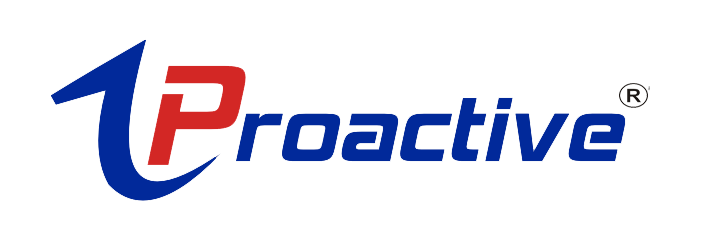The Importance of Website Usability: Enhancing User Experience for Better Engagement
- July 12, 2023
- Uncategorized
In today’s digital age, having a user-friendly website is paramount to engage and retain visitors. Website usability refers to the ease of use and overall user experience offered by a website. A website that prioritizes usability not only enhances user satisfaction but also drives better engagement and achieves business goals. In this blog post, we will delve into the importance of website usability and provide effective strategies to enhance user experience for improved engagement.
Guide to Website Usability
- Understanding Website Usability: Website usability refers to how easily and efficiently users can navigate, interact, and find information on your website. It encompasses factors such as intuitive navigation, clear structure, fast loading speed, mobile responsiveness, and accessibility. Prioritizing website usability ensures that visitors can navigate your website seamlessly, find what they’re looking for, and engage with your content.
- Optimizing Website Navigation: Intuitive and well-structured navigation is crucial for a positive user experience. Streamline your website navigation by organizing content into logical categories and using clear and descriptive menu labels. Implement breadcrumb navigation and search functionality to help users find information quickly. Conduct user testing and gather feedback to refine your navigation structure.
- Enhancing Page Loading Speed: Slow-loading websites frustrate users and drive them away. Optimize your website’s page loading speed by minimizing file sizes, compressing images, and leveraging caching techniques. Use a reliable hosting provider and consider content delivery networks (CDNs) to serve your website’s content from servers closer to the user’s location. Monitor and optimize your website’s performance regularly to ensure fast and seamless user experiences.
- Implementing Responsive Design: With the increasing use of mobile devices, having a responsive website design is essential. Responsive design ensures that your website adapts and displays properly on different screen sizes and devices. This improves user experience, reduces bounce rates, and boosts engagement. Design your website with a mobile-first approach and test its responsiveness across various devices and browsers.
- Streamlining the User Journey: A streamlined user journey guides users through your website seamlessly and encourages them to take desired actions. Analyze and optimize your website’s user flow by identifying potential bottlenecks, reducing steps in conversion funnels, and ensuring clear call-to-action buttons. Make important information and actions easily accessible, and eliminate any unnecessary distractions or barriers.
- Conducting User Testing: User testing is invaluable in identifying usability issues and gathering feedback to improve the user experience. Conduct usability tests with representative users to identify areas for improvement, understand user behavior, and uncover any usability issues. Use tools like heatmaps and session recordings to gain insights into how users interact with your website and make informed optimizations.
- Prioritizing Accessibility: Website accessibility ensures that all users, including those with disabilities, can access and navigate your website effectively. Consider accessibility guidelines such as providing alt tags for images, using proper heading structures, and implementing keyboard navigation options. Prioritize accessibility to create an inclusive user experience and reach a wider audience.
- Monitoring and Analyzing User Behavior: Regularly monitor and analyze user behavior on your website to gain valuable insights. Use analytics tools to track metrics such as bounce rates, time on page, conversion rates, and click-through rates. These insights will help you understand user preferences, identify areas for improvement, and make data-driven decisions to enhance website usability.
Website usability plays a pivotal role in providing a positive user experience, increasing engagement, and achieving business goals. Our Web Designers at Proactive Professional Services Pvt. Ltd. enhance website usability and create engaging experiences for your visitors by optimizing website navigation, improving page loading speed, implementing responsive design, streamlining the user journey, conducting user testing, prioritizing accessibility, and analyzing user behavior









